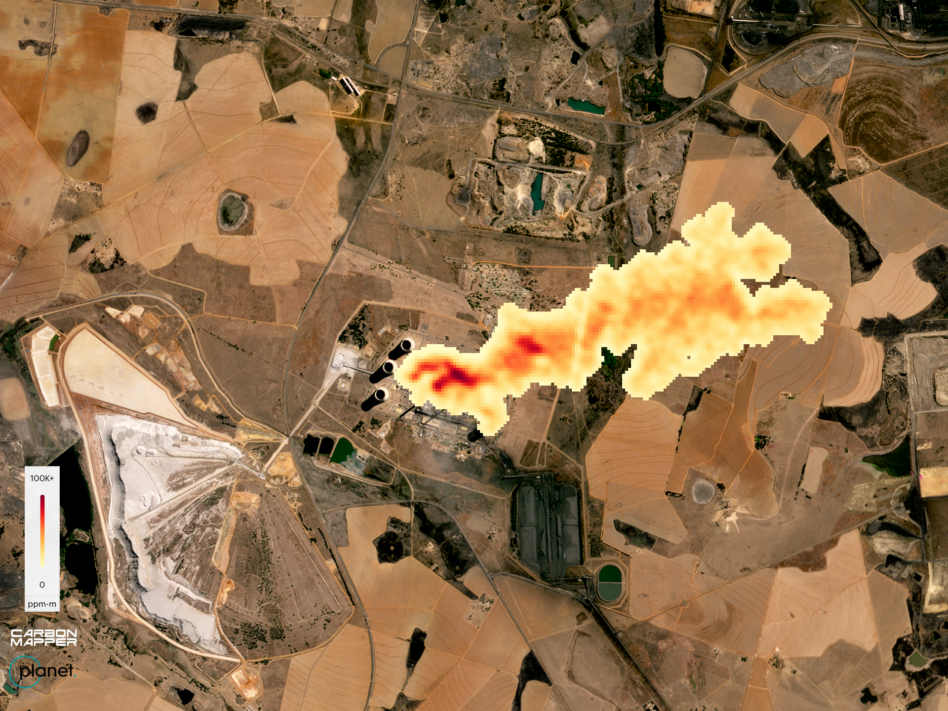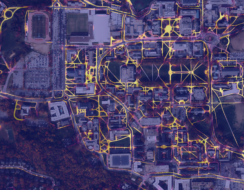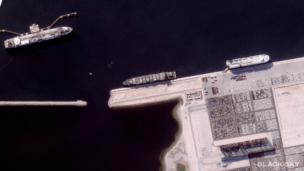EO sats provide critical eyes in the skies for everything from collecting national security intelligence to assessing the damage after a natural disaster to tracking natural resources.
Here are five of our top stories from the year on the sector:
EO Providers Defend Their Spectrum Access: Commercial EO providers contribute to sectors ranging from agriculture to climate monitoring to defense—and now they’re banding together to make sure policymakers know the results of an administration-ordered study could put all of that in jeopardy.
ESA’s To-Do List for an EO Boom: ESA published its new Earth Observation Science Strategy, outlining the agency’s plans to grow the region’s EO capabilities over the next 10-15 years by prioritizing research into the areas that officials believe can have the biggest impact on humanity.
Report Recommends More Federal Spending in CRS: The commercial remote sensing industry is on the rise but needs more backing from the government to reach its full potential, according to a report from Georgetown University’s Center for Security and Emerging Technology.
EO Could Add 3.8T to Global GDP—If Industry Embraces It: The analysis and use of EO data could add $700B each year to the global economy by 2030, though such an increase would require a “dramatic increase in end user adoption,” with those numbers representing the maximum economic potential, possible only if all industries individually achieve 100% adoption of EO data, according to a World Economic Forum report.
BlackSky Wins $50M Project To Give Indonesia Eyes in the Sky: BlackSky inked ~$50M-worth of contracts with the Indonesian Ministry of Defense to provide the agency access to the company’s commercial space-based intelligence, with plans to build a sovereign capability for the country down the road. “With this new model, customers no longer need to spend billions of dollars and wait five to 10 years to build an operating capability,” CEO Brian O’Toole told Payload. “They can have it now.”




